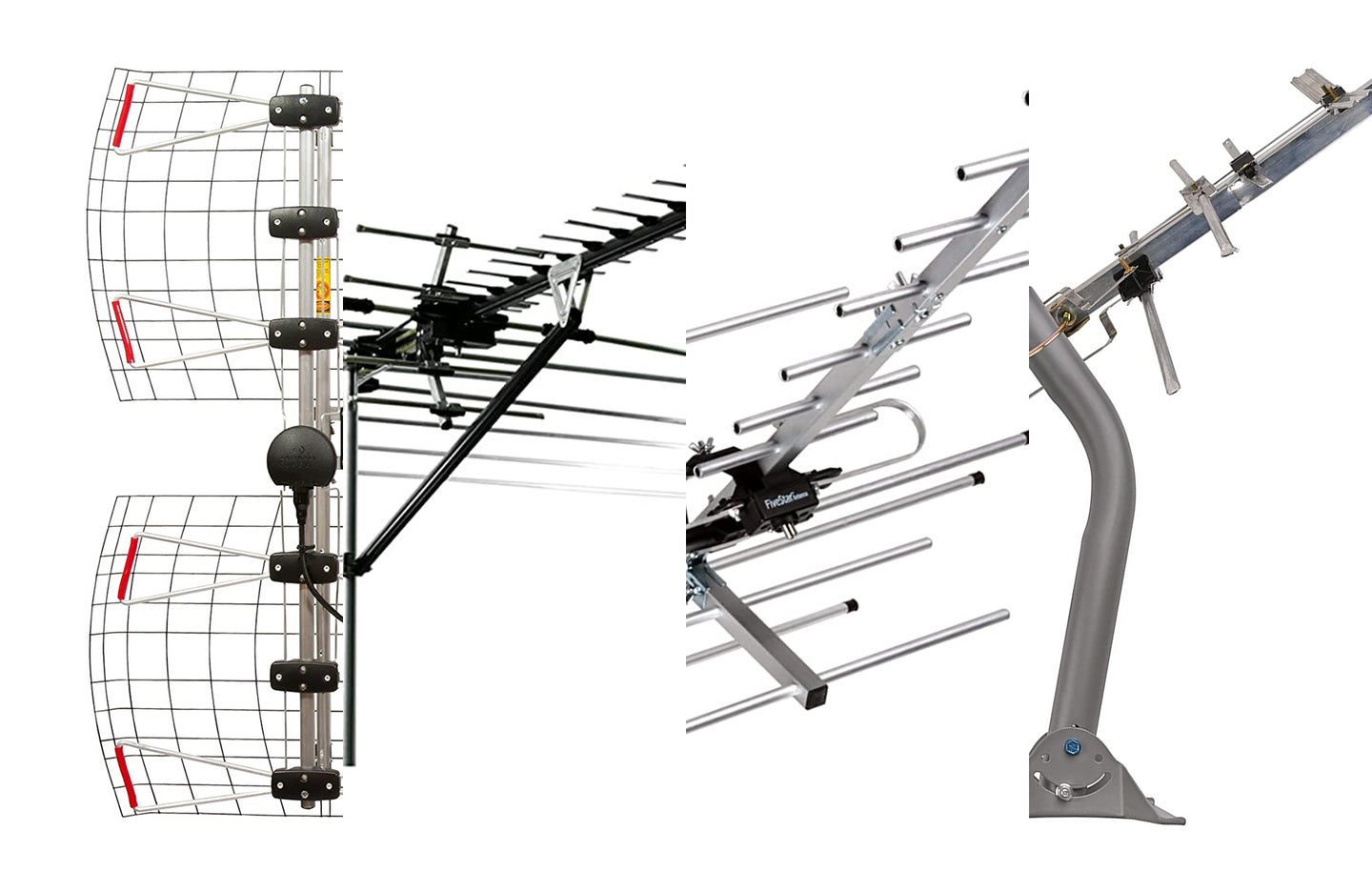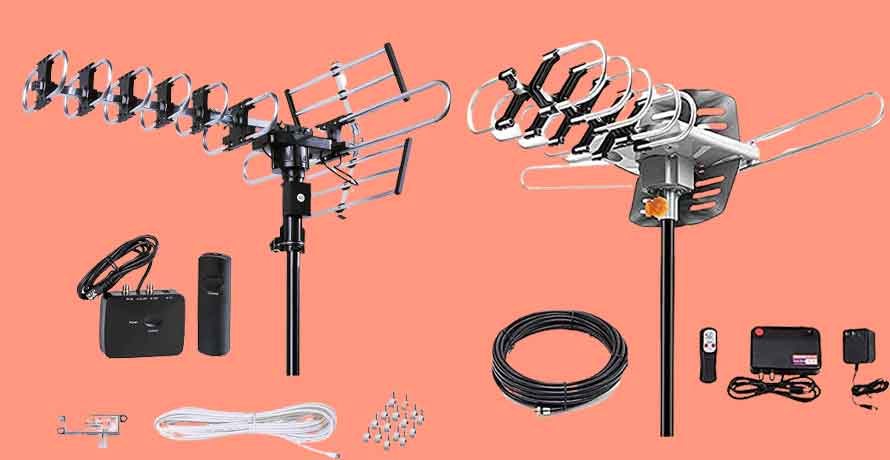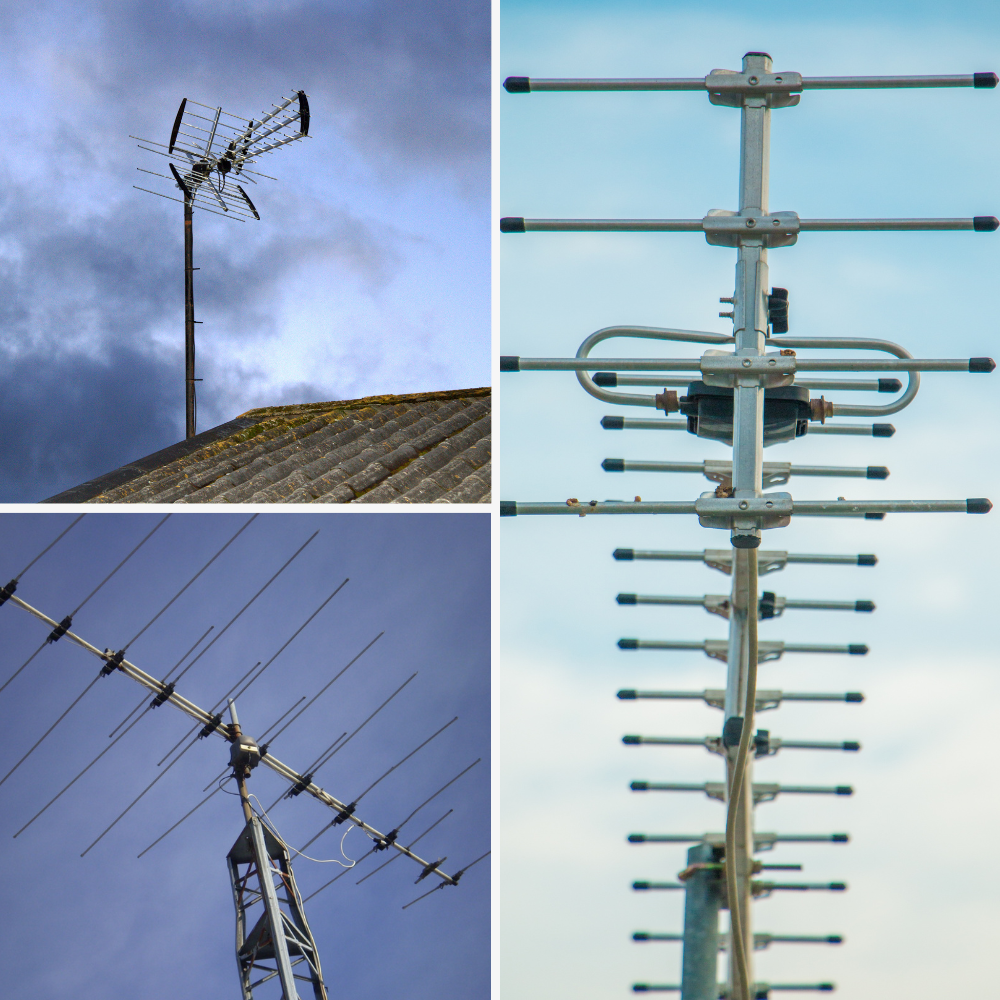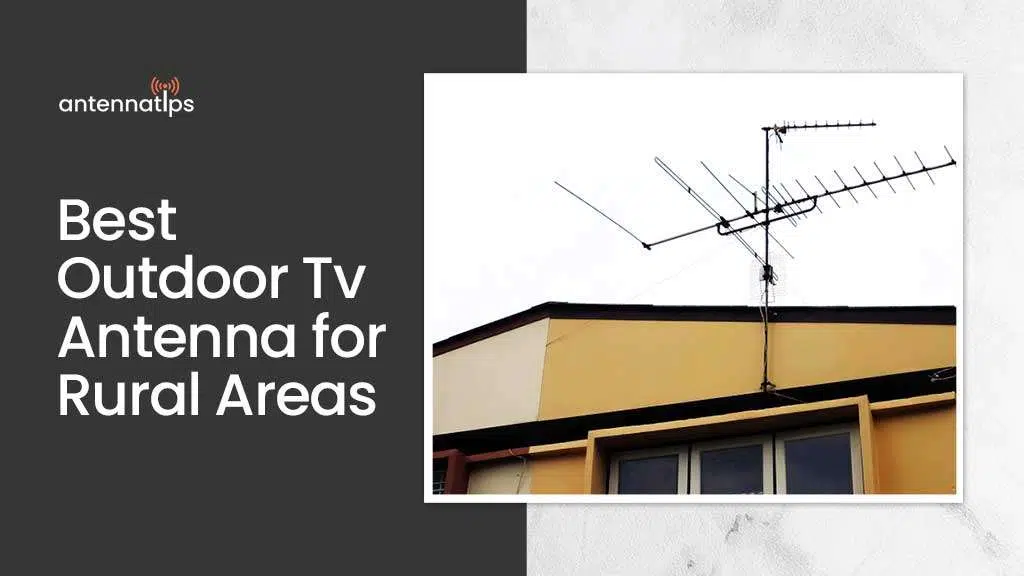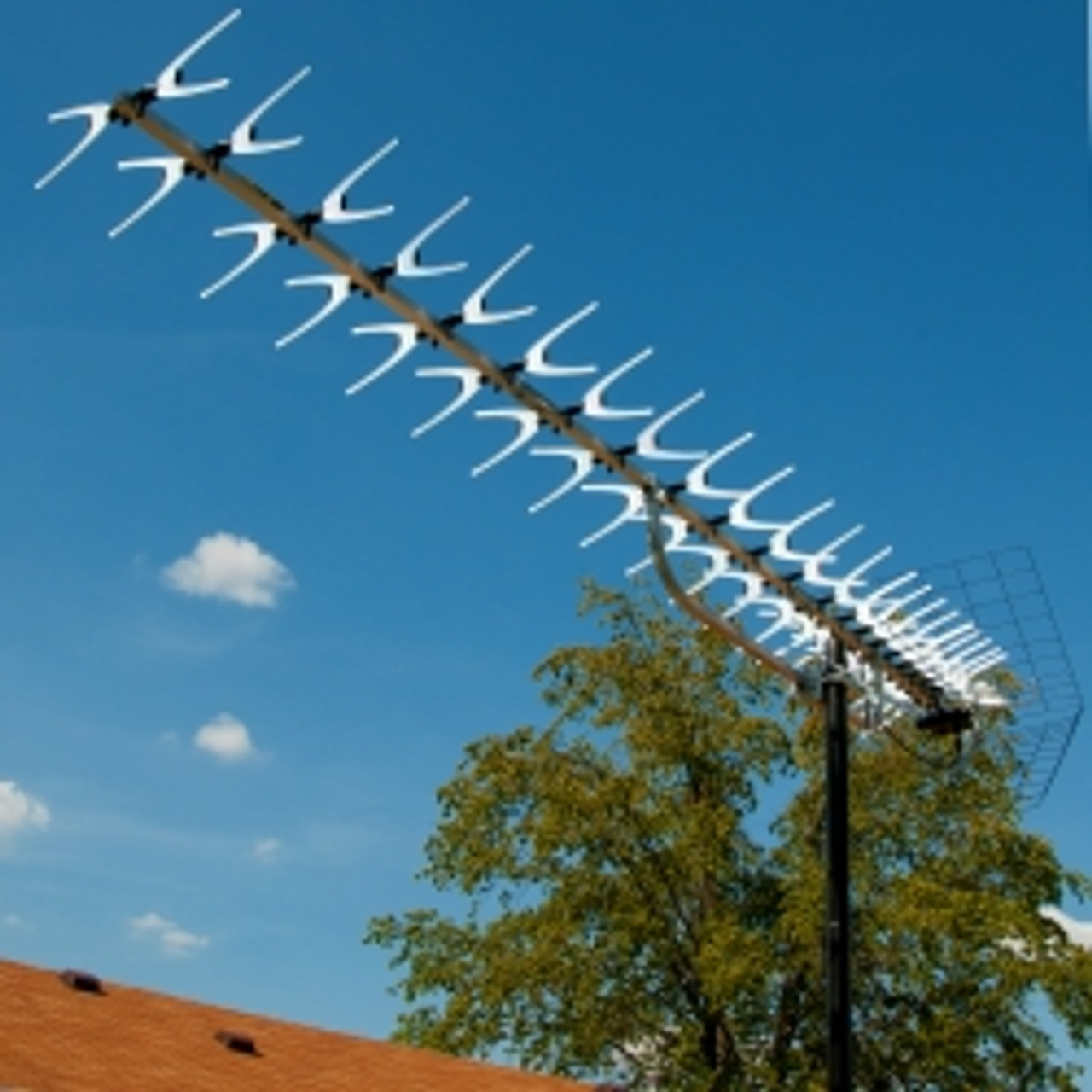Best Long Range Outdoor Tv Antenna For Rural Areas

Rural residents struggling with spotty over-the-air TV reception, a reliable long-range antenna is no longer a luxury, it's a necessity. Finding the right antenna unlocks access to free, high-definition broadcasts, bypassing expensive cable and satellite subscriptions.
This article cuts through the clutter to deliver the top-performing long-range outdoor TV antennas for rural areas, ensuring crisp, clear reception even miles from broadcast towers. We address the 'who,' 'what,' 'where,' 'when,' 'why,' and 'how' of choosing the best option for your specific needs.
Top Contenders for Long-Range Reception
The market offers a variety of antennas, but some consistently outperform others in rural settings. Performance hinges on factors like gain, range, and build quality. Let's explore some of the best.
1. Winegard Elite 7550
The Winegard Elite 7550 stands out as a top choice. It's praised for its impressive range (up to 70 miles) and ability to pull in signals from multiple directions without needing constant readjustment. Its amplified design significantly boosts weak signals, crucial in areas with obstructions or distant towers.
2. Channel Master CM-3020
Another strong contender is the Channel Master CM-3020. This antenna is known for its robust construction and excellent VHF and UHF reception. Rural users appreciate its ability to withstand harsh weather conditions and maintain a strong signal.
3. Antennas Direct DB8e
For those facing extreme distance challenges, the Antennas Direct DB8e is worth considering. This antenna boasts a powerful, directional design, allowing users to target specific broadcast towers with pinpoint accuracy. It's particularly effective in areas with significant signal attenuation.
Key Considerations Before Buying
Choosing the right antenna requires careful consideration of several factors. Range, gain, frequency support, and mounting options all play vital roles.
Range: Accurately assess your distance from broadcast towers. Websites like AntennaWeb.org can help determine the channels available and their approximate distance.
Gain: Higher gain antennas amplify weaker signals, but can also be more susceptible to interference. Consider an amplified antenna if you're located far from broadcast towers or face obstacles like trees or hills.
Frequency Support: Ensure the antenna supports both VHF and UHF frequencies. While many channels have transitioned to UHF, some legacy VHF stations still exist.
Mounting: Decide where you'll mount the antenna – rooftop, attic, or tower. Rooftop mounting generally provides the best reception, but may require professional installation.
Installation Tips for Optimal Performance
Proper installation is crucial to maximizing antenna performance. Incorrectly installed antennas can negate even the best equipment.
Height Matters: Mount the antenna as high as possible, clear of obstructions. This minimizes signal interference and maximizes the chance of a clear line of sight to broadcast towers.
Direction is Key: Precisely aim the antenna towards the broadcast towers. Use a signal meter or a TV signal strength indicator to fine-tune the direction for optimal reception. Regularly check websites like AntennaWeb.org or the FCC to confirm broadcasting direction.
Use Quality Cables: Employ high-quality coaxial cables to minimize signal loss. RG6 cable is recommended for its superior shielding and performance.
Grounding: Properly ground the antenna to protect against lightning strikes. This is a crucial safety measure that should not be overlooked.
Addressing Common Challenges in Rural Areas
Rural environments often present unique challenges to over-the-air TV reception. Addressing these issues is essential for a reliable viewing experience.
Signal Obstruction: Trees, hills, and buildings can block or weaken signals. Consider using a taller antenna or a directional antenna to overcome these obstacles.
Interference: Electrical devices and other sources can cause interference. Ensure the antenna cable is properly shielded and avoid running it near power lines or other potential sources of interference.
Multipath Distortion: Signals can bounce off objects, creating multiple signals that arrive at the antenna at different times. Directional antennas can help minimize multipath distortion by focusing on the strongest signal.
The Future of Over-the-Air TV in Rural Communities
Over-the-air TV is experiencing a resurgence, offering a cost-effective alternative to cable and satellite. Ongoing developments are further enhancing the viewing experience.
NextGen TV (ATSC 3.0): This new broadcast standard offers improved picture and sound quality, as well as enhanced features like interactive services. While still rolling out, ATSC 3.0 promises to revolutionize over-the-air TV.
Improved Antenna Technology: Manufacturers are continually developing more advanced antennas with better range, gain, and interference rejection capabilities. These advancements are making over-the-air TV a viable option for more rural residents.
The shift towards digital broadcasting has created clearer signals and the accessibility of over-the-air TV and the availability of new features makes it a viable option for many rural residents seeking affordable access to broadcast television. Investigate further and make an informed decision based on their location and needs.
![Best Long Range Outdoor Tv Antenna For Rural Areas Top 6 Best Outdoor TV Antennas For Rural Areas [2024] Reviews](https://cdn.adecenthome.com/1335860/best-outdoor-tv-antennas-for-rural-areas_768x432.jpg?v=4)





